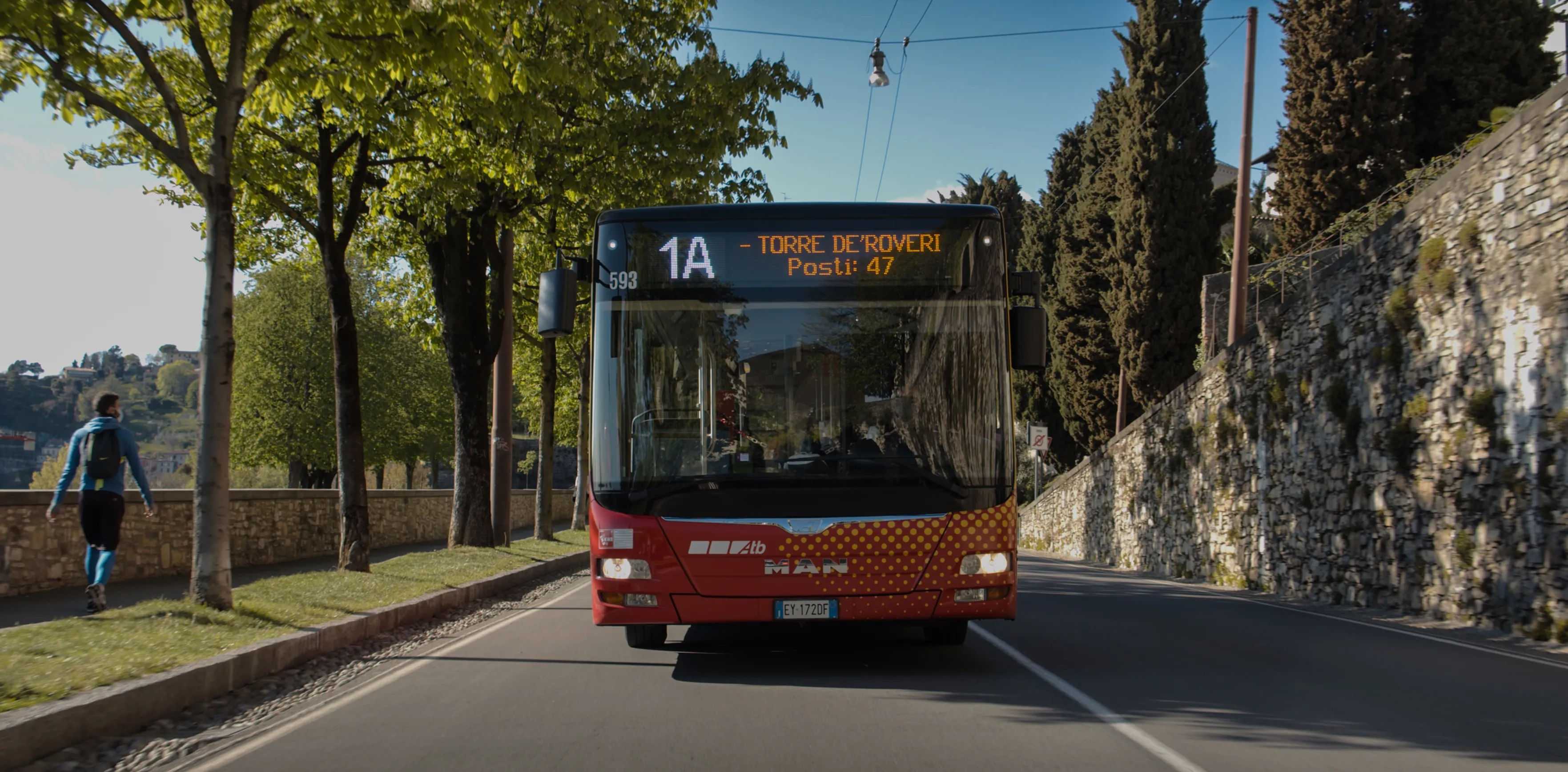
Mobility as a Service specialist Moovit has added a user-generated 'crowd avoidance' feature to its app.
Designed to enable public transit riders to avoid crowds on platforms and carriages, users can "now report crowding levels at stations and on lines, allowing others to see how crowded the station is before entering, or how packed a bus or train line is before boarding", the company says.
Moovit says most transit agencies do not provide real-time crowding information "due to no, or lack of, crowd counters installed on their fleets or at stations".
Moovit users can tap Report from the Quick Actions bar in the Station Details screen and follow the prompts and one-tap survey to report how busy the station currently is - choices are Not Crowded, A Little Crowded, Crowded or Very Crowded.
This information can be seen for 10 minutes by other users in the Station Details and Stations Nearby screens on the app.
Reporting crowding levels on buses or trains themselves is similar, with users able to select Available Seats, Standing Only, or Crowded - this data will be displayed, again in a 10-minute window - across the Suggested Routes, Itinerary, Route Preview, Stations Nearby and Station Details screens.
Other users of the Android app can also now confirm and update these user-created reports about station crowdedness.
Yovav Meydad, Moovit’s chief growth and marketing officer, says the existing Mooviter Community of more than 700,000 local 'editors', who map transit information in their cities, "has been very positive and impactful".
“We’re drawing on this belief again, empowering millions of Moovit users to help one another feel comfortable returning to public transit," Meydad says.
In cities where real-time crowding information for lines is available, Moovit will display the real-time feeds supplied by transit agencies instead of the user-reported information.
Moovit says the app, which can be downloaded on Google Play and the App Store, is available in 3,400 cities across 112 countries.








